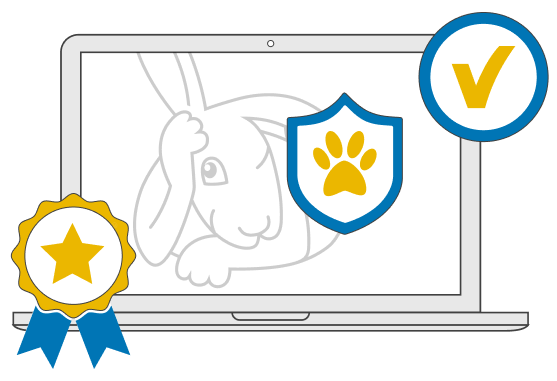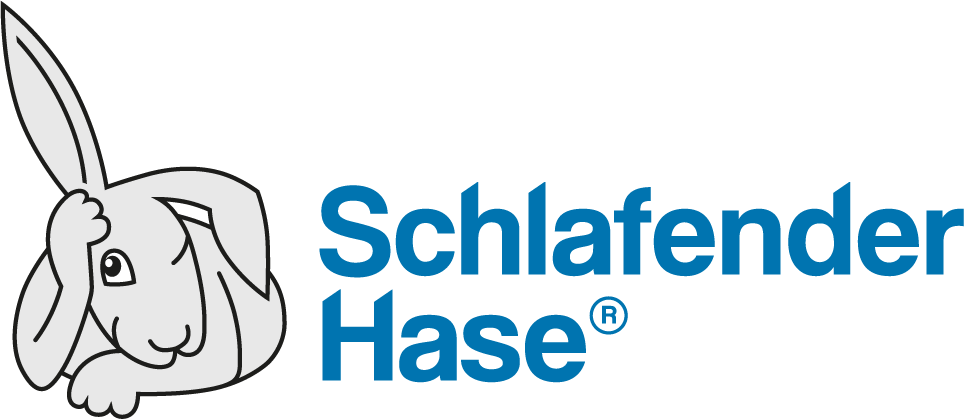Bringing a new drug to market demands a large investment on the part of a pharmaceutical company – often, $ 1 billion or more. Ensuring compliance with complex labeling regulations is part of that investment. In the following we look at why pharmaceutical label requirements are so important and the different types of labeling.
Before diving deeper into the topic, we should first clarify what we mean by labeling. In the most general sense, labeling in the pharmaceutical industry commonly refers to written, graphic or coded (e.g. barcode) descriptive information on and inside the packaging or wrapper, or accompanying a prescription medicine. The term “label” is generally used to describe the information provided on the package itself. [1]
The historical perspective – why pharmaceutical labels are required
In the US and elsewhere, the history of pharmaceutical labeling is inseparable from that of the Food and Drug Administration (FDA), which has also significantly influenced labeling requirements in other geographical markets. A brief glance at this history tells us that early labeling regulations were designed initially to prevent adulteration and misbranding of foodstuffs, beverages and drugs – the focus of the 1906 Food and Drugs Act in the US [2].
Over the years, the focus shifted increasingly away from misbranding and the more general health hazard posed by mislabeling to a regulatory role in patient safety and drug efficacy, ushering in the modern era of pharmaceutical labeling.
It’s all about compliance – because the costs of non-compliance are high
Broadly speaking, safety and efficacy are the main reasons for labeling. While potential damage to patient health is the most important risk associated with non-compliance, there are numerous associated risks – jeopardizing marketing approval of a treatment, costly product recalls and product shortages, and damage to the company’s reputation and financial standing.

These are further reasons why a company needs to have rock solid workflows and processes in place not only to create new labels for drug submissions, but also to manage changes to labeling throughout a product’s lifecycle whenever new data becomes available.
If we know labeling is important, why is it so often taken for granted?
One reason might be that labeling lacks the glamour of development of the drug itself. Remember, this is what heals and cures and alleviates disease and symptoms, and it is also the reason why a pharmaceutical company makes an investment in the first place. In this regard, ink on cardboard, embossed Braille and paper are up against stiff competition. But accurate labeling to ensure safety and efficacy is crucial to any pharmaceutical product, so it would be wrong not to make it a priority.
Another reason why labeling is something of a “Cinderella” in the pharmaceutical industry is that many of Regulatory Affairs professionals involved in steps such as proofreading a final version are doing so as part of a wider range of duties. Against this backdrop, some companies continue to use manual proofreading. This is a costly and ineffective approach that, especially when things go wrong, pushes up the cost of bringing the drug to market and carries all those associated risks.
Efficient workflows promote compliance
Because most drug labeling must be created and proofread in multiple language versions by colleagues working remotely in subsidiaries, it is important to have efficient workflows in place. Local regulations mean that templates may vary across subsidiaries. Furthermore, labeling must be regularly updated, making transparency, documentation of different versions, and accountability important factors to consider. In particular, it is important to have clear accountability built into the workflow between centralized functions and local subsidiaries.
Using a validated proofreading software promotes this, and also offers the choice of integrating proofreading steps into digital information management systems, such as Regulatory Information Management (RIM) systems, with Product Lifecycle Management (PLM) systems, or with other systems such as Laboratory Information Management systems (LIMs) or a Quality Management System (QMS).
What are examples of different types of pharmaceutical labels?
Regulatory authorities demand that each pharmaceutical product on the market must have labeling to communicate information about the treatment to patients, prescribing physicians and other healthcare professionals, and to caregivers [3]. In the US, this labeling is provided as part of the drug submission to the FDA by the pharmaceutical company, reviewed and either approved or rejected by the FDA. Mandatory labeling for prescription drugs in the US includes information on outside packaging (cartons and containers), and Prescribing Information (PI) aimed at healthcare professionals. Some prescription drugs must also include labeling for caregivers and patients, such as “medication guides, patient package inserts, and Instructions for Use [4]. All have predefined formats covering the type of information provided and how it is presented (e.g. font size, dosages, structure of information).
National bodies and the European Medicines Agency (EMA) have their own requirements, formats and templates for labeling, all with the same general purpose. As well as the label for outer packaging, labeling submitted in the EMA approval process includes a summary of product characteristics (SmPCs) for healthcare professionals that forms the basis for package leaflets [5].
In conclusion, labeling is crucial to patient health and safety, and the efficacy of a treatment. Errors in labeling can have disastrous results for a company. The best way to reduce the risk of proofreading errors is through implementing an automated proofreading software like TVT to ensure compliance and efficiency across subsidiaries and in different language versions, or integrating this into existing information systems.
- https://fda.report/media/146884/DDI+webinar+-+Prescription+Drug+Labeling+-+March+22+2021.pdf
- https://www.fda.gov/about-fda/changes-science-law-and-regulatory-authorities/part-i-1906-food-and-drugs-act-and-its-enforcement
- Frequently Asked Questions about Labeling for Prescription Medicines | FDA
- ibid.
- https://www.ema.europa.eu/en/human-regulatory/marketing-authorisation/product-information/how-prepare-review-summary-product-characteristics#training-presentations-section





